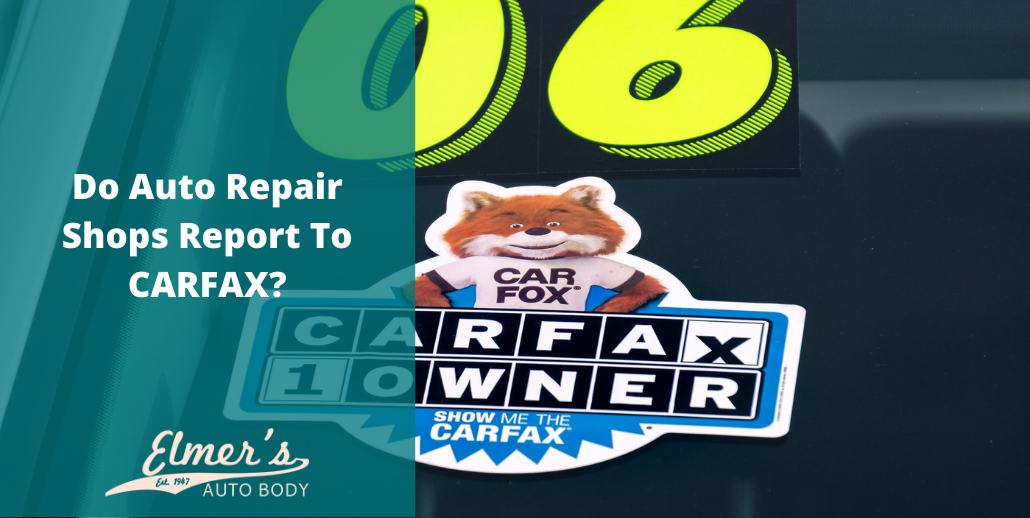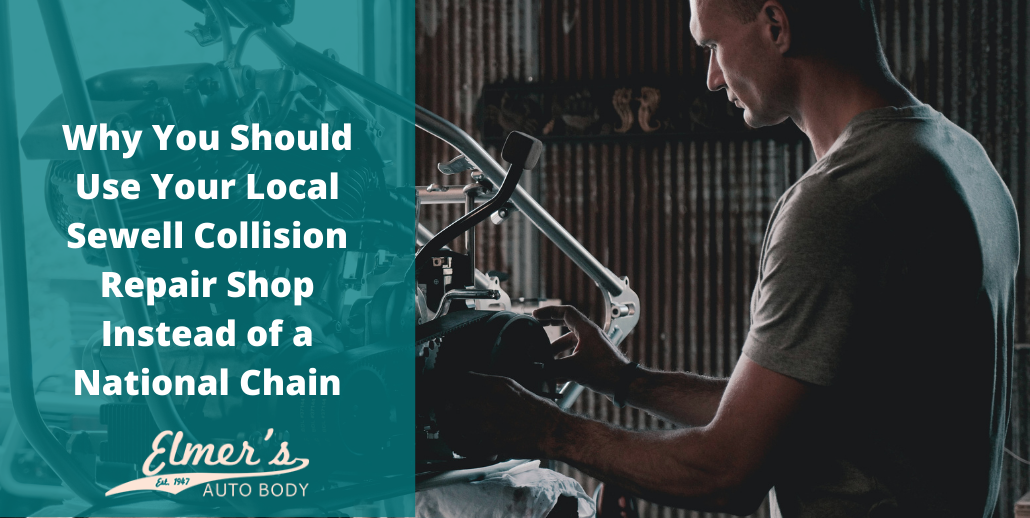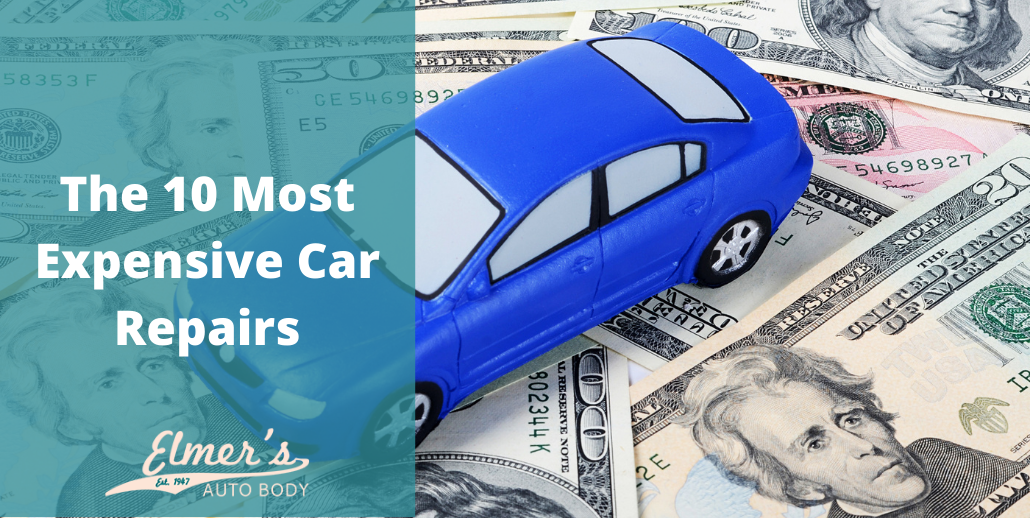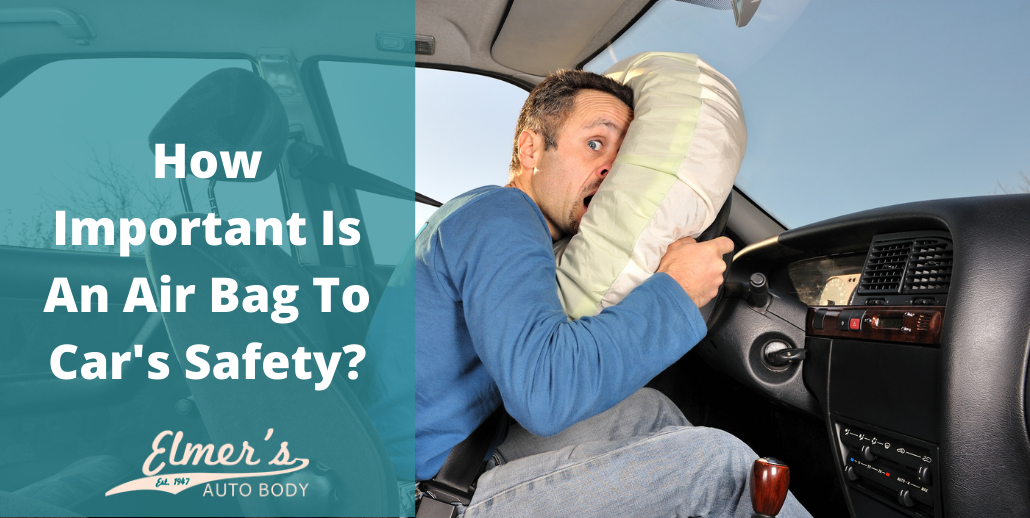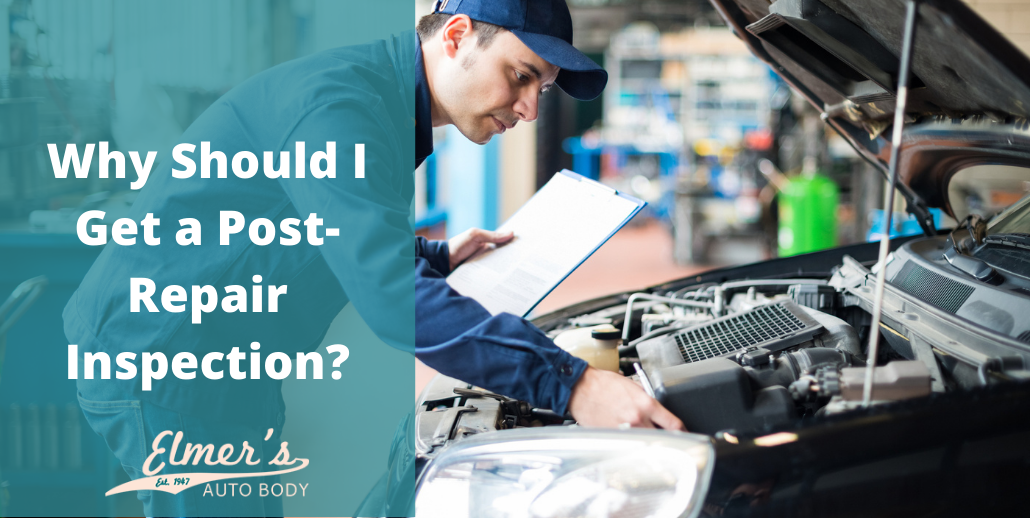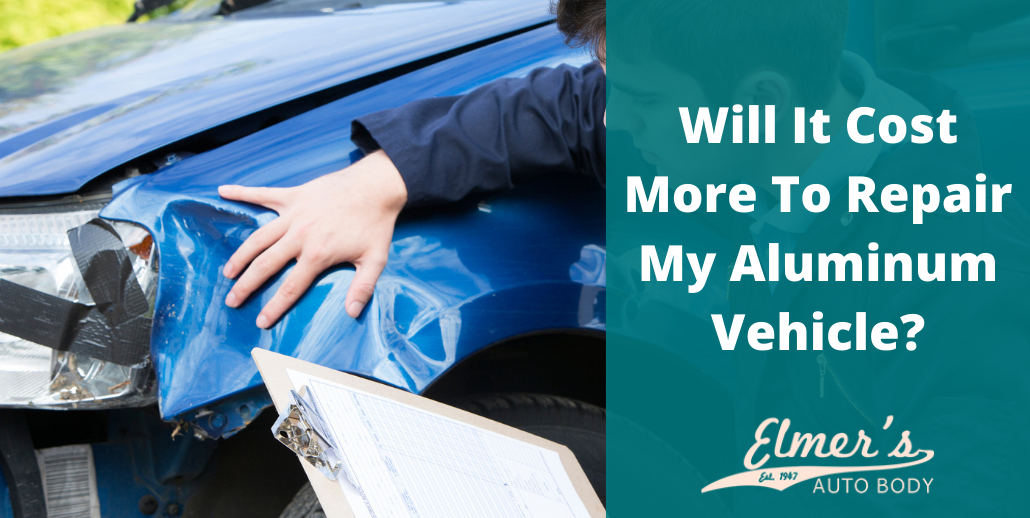“Show me the CARFAX!” You probably heard the catchphrase before and remember the fox mascot from commercials, but have you ever thought about how a simple CARFAX could affect you? Usually, a CARFAX report saves buyers from purchasing a lemon that will only be a nightmare later on. There are a number of ways CARFAX gathers information about your vehicle, such as police reports, the DMV, and the insurance company. But will your auto repair shop give CARFAX details about that little fender bender? And how will that affect you if they do?
Let’s find out.
What is CARFAX and How Does it Really Work?
A CARFAX report is a history of a vehicle that is compiled by a third party. Many dealerships will provide free CARFAX reports on used vehicles so that prospective buyers can make a more informed decision. A report will detail things like:
- Repair history
- Odometer readings
- Number of past owners
- Reported accidents
- Whether the car has been salvaged or junked or called a lemon
- Whether the car was ever a fleet vehicle
- Repossession and lien history
- Manufacturer recalls
- Emission inspection status and so on.
The main goal is to prevent people from getting scammed when purchasing a car. The more information you know, the less of a risk it is to buy a used vehicle. In theory, this sounds wonderful, but there are some drawbacks which we will explain soon.
Where Does The Data Come From?
You’re probably a bit shocked by how much information can appear on a CARFAX. But where does it all come from? Believe it or not, CARFAX uses over 92,000 sources to compile a single report. Here are some of the sources that the company draws from:
- Vehicle manufacturers
- Fire departments
- Motor vehicle agencies in the US and Canada
- Law enforcement agencies
- Salvage auctions
- Collision repair and auto body shops
- Service and maintenance shops
- Insurance companies
- Rental/fleet vehicle enterprises
- Extended warranty companies
- Automobile import and export companies
- Inspection stations
For this reason, any time you have an accident, it can show up on a CARFAX report, even if it has not been reported. CARFAX reports receive information from a broad number of sources, including auto body shops that do collision repair, and they catalog everything from minor accidents to the most severe.
CARFAX does warn that, because not every accident is reported or does not have easily accessible information, they cannot guarantee 100 percent accurate information.
Do Auto Repair Shops Report to CARFAX?
As mentioned earlier, auto body shops—primarily collision repair centers—can report to CARFAX. Not every auto body shop is going to opt into contacting CARFAX to update information about your vehicle. If you are uncertain, you can ask. However, there are some actions that can get your vehicle’s information taken in by CARFAX, even if you and your auto body shop did not directly connect with the company. These include:
- Shopping for quotes on repairs or receiving multiple estimates. Some software is programmed to automatically report to CARFAX, even if the job you need to be done is just a simple scratch or dent repair.
- Ordering parts with the Vehicle Identification Number (VIN).
- Opening an insurance claim.
- Going to a dealership.
There are also auto body shops that say they report to CARFAX on the premise of record keeping. Should someone aim to purchase your vehicle in the future, they will be able to see a clear maintenance record, for instance. However, since these services are automatically recorded by CARFAX, it skips over the will of the vehicle owner to decide whether that information is distributed or not.
Does Reporting Ever Cause Trouble?
Unfortunately, this automatic reporting feature can complicate matters for drivers. First off, let us touch on the Vehicle Identification Number (VIN). The VIN is how CARFAX keeps tabs on what has happened to your vehicle, and since the VIN is used for a number of services, like insurance and auto body shops, it gets pinged often.
And what happens? Some people have seen their insurance rates go up. Others have reported that when they go to trade it in. Even when any repairs were a result of a small fender bender, CARFAX did their own investigation and called the damage significant enough for structural damage.
Many auto body shops and insurance companies also agree that since the reports are about the vehicle’s history, not yours. You can contact your insurance company directly to opt-out of CARFAX reporting, but there is probably information about your vehicle out there already.
Final Thoughts
Auto body shops, as well as many other businesses and organizations, use CARFAX and also report to the company on a regular basis. Most of the time, that reporting is automatic, and most people are unaware of how much is relayed to CARFAX until it comes back to affect them. Be sure to ask your local auto body shop whether they report to CARFAX. You may be able to opt-out of the reporting.
Elmer’s Auto Body believes in transparent and honest service. Our team will be completely upfront with you about what we do and what our services include. If you are looking for a trustworthy collision repair and maintenance shop, then you should call us or fill out the contact form today. We look forward to hearing from you.

